Victorino 2016
Descripción
Marcos Eguren categoriza este monovarietal de Tinta de Toro como un vino con carácter, identidad y muy expresivo. Está marcado por su elegancia, frescor y complejidad. Sigue la senda marcada por cosechas anteriores, que llegaron a los 98 puntos en la Guía Peñín y fueron nombradas en alguna ocasión como el mejor tinto del norte de España.
Ficha técnica
Cata
Viñedo y elaboración
Opinión de los críticos
A smaller production cuvée that's from top sites and old vines, the 2016 Victorino is all Tinta de Toro that spent 20 months in new French oak. It's on another level and has rocking richness and depth as well as notes of blackcurrants, chocolate, smoked herbs, and graphite. Full-bodied, multi-dimensional, ripe and sexy on the palate, it’s a gorgeous, flawlessly balanced red to enjoy over the coming 10-15 years, probably longer.
Lots of sweet oak spice on the nose and palate, but there’s so much density of fruit that this will integrate over the long life of this wine. Complex flavours and densely packed tannins. One for the long haul. Drinking Window 2020 - 2036
A big and very rich wine with chewy and polished tannins and lots of ripe fruit and density. Full body. Chewy tannins. Muscular and powerful. Yet, it’s fresh. Needs three or four years to be ready. The vines have more than 100 years of age. Better after 2022.
I was able to compare two vintages of a couple of wines, as was the case with the 2016 Victorino, which I tasted next to the 2017. 2016 was a cold and wet year that resulted in a long harvest after slow ripening of the grapes. For this cuvée, they select grapes from vineyards between 45 and up to 100 years of age that ferment destemmed in stainless steel and mature in brand-new French barriques for 20 months. Surprisingly enough, this has a lot more structure and tannins than the 2017, which felt lighter and more approachable; this is full-bodied and powerful, a concentrated year despite the higher yields. They harvested the grapes in October, quite late. Wait a bit. 40,000 bottles produced. It was bottled in August 2018.
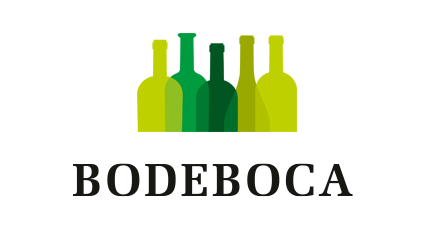
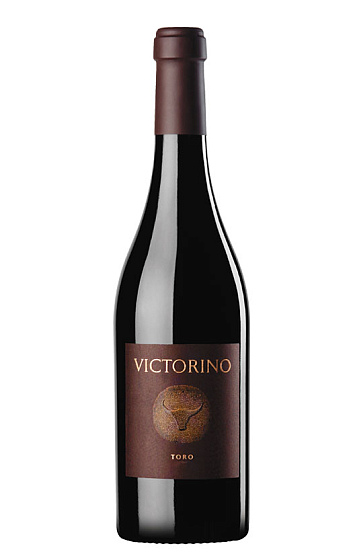

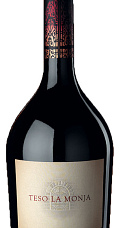
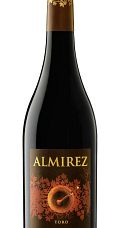
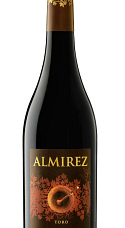
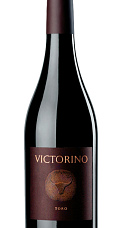


Añadas: 2021 2020 2019 2016
Vino con un equilibrio portentoso entre corpulencia y elegancia.
Muy bueno, pero con ese precio y puntuación, esperaba algo más.